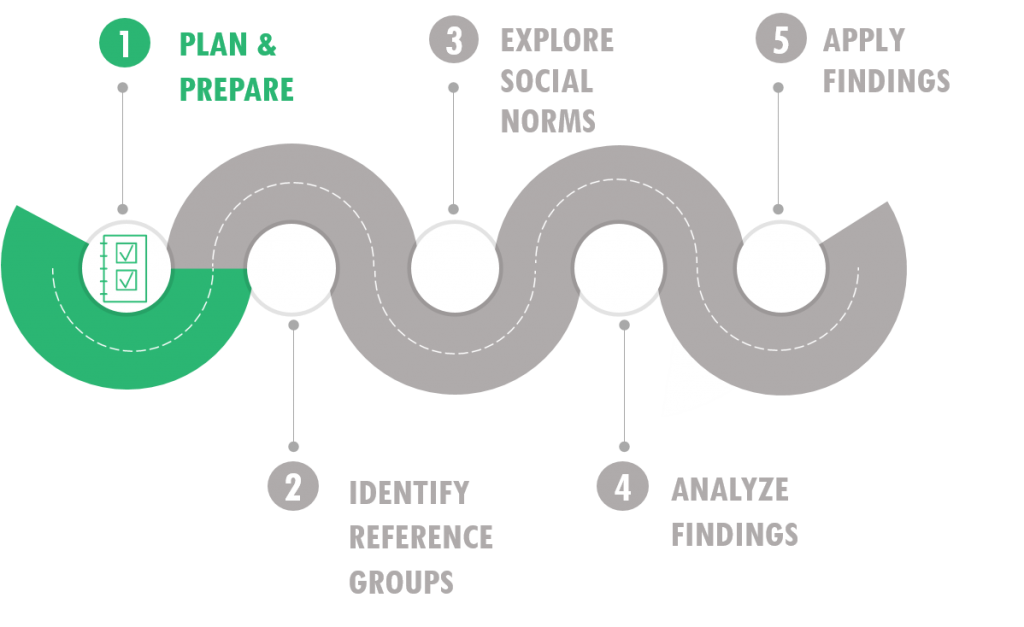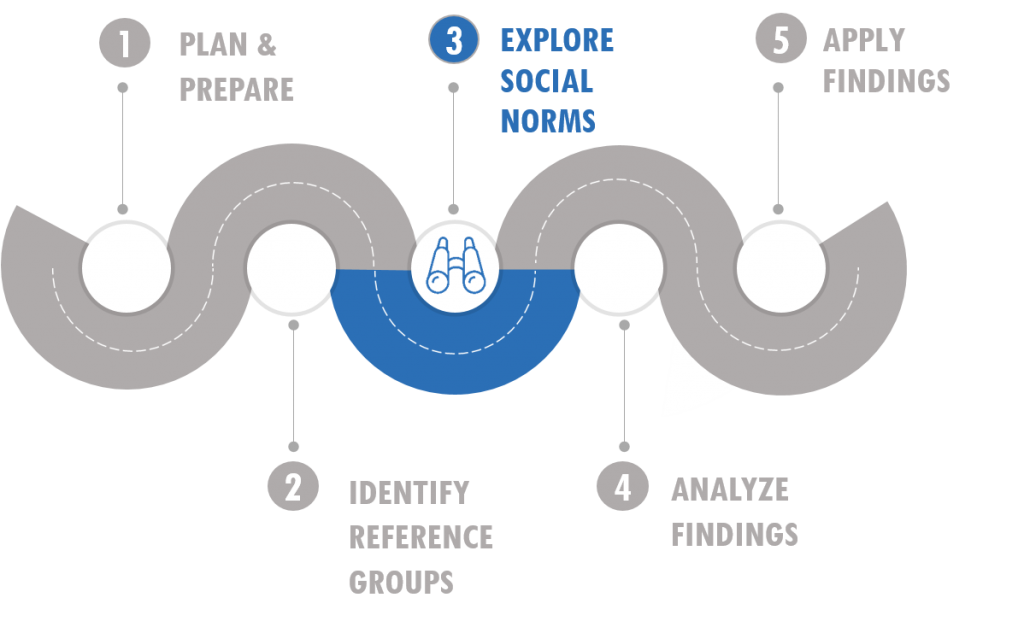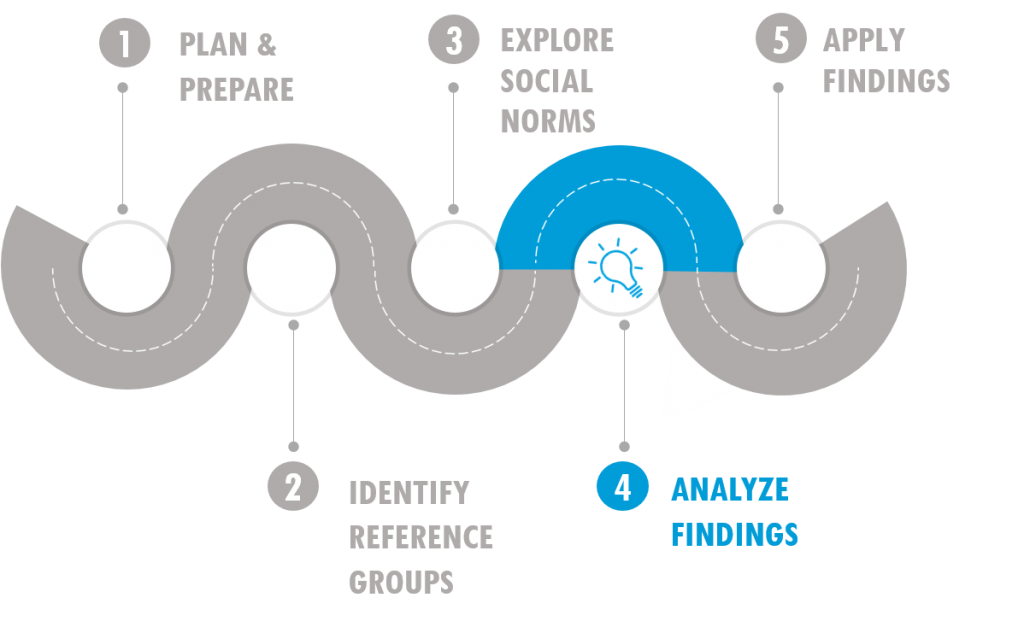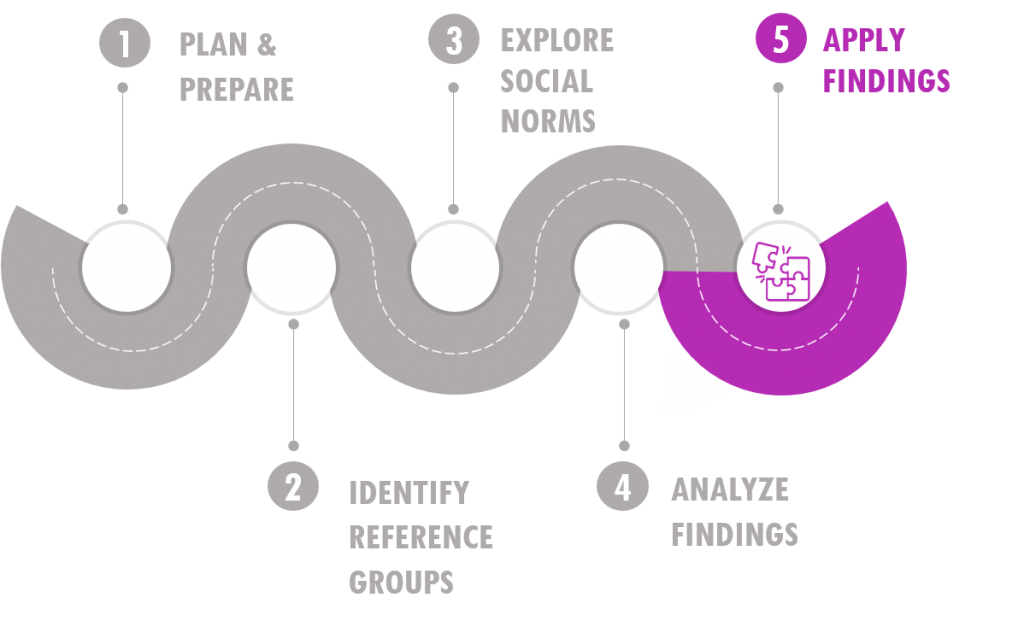Social Norms Exploration Tool (SNET)
IRH, with support from the USAID-funded Passages project and members from the Bill & Melinda Gates Foundation-funded Learning Collaborative to Advance Normative Change, developed the Social Norms Exploration Tool (SNET), a participatory guide and set of tools to translate theory into practical guidance to inform a social norms exploration.
Step-by-step guidance, exercises, and templates in the toolkit can help program implementers:
- Understand social norms theory and concepts
- Prepare staff to identify and investigate social norms
- Engage community members using participatory learning exercises to 1) identify Reference Groups, and 2) explore social norms influencing behaviors of interest
- Analyze information with project team and communities
- Use findings to inform the design of norms-shifting activities and develop norms-focused evaluation tools
Are you interested in learning more about the SNET in action?
Download the pilot brief | Download the fact sheet
As the SNET has been implemented by programs around the world and across sectors, we received feedback from SNET users seeking a deeper and fuller understanding of the social norms exploration. The SNET training package — consisting of an overview document and training slides — is designed to support individuals who will lead a team implementing the SNET in one or more locations, as well as for those who will be responsible for training or coaching otherSNET leaders. Participants will come out of the training with the needed knowledge, skills, and experience to lead a social norms exploration in their work or support others to use the SNET.
This field-tested version of the SNET has been applied in over 15 settings and is available for use. IRH can provide distance and in-country technical assistance to organizations and projects that wish to use it. The experiences and learnings from the field-testing of the SNET will inform any final revisions for final dissemination in 2021.
Have you used the SNET? Are you interested in learning more about the SNET? Contact us at info@passagesproject.org.
Phase 1: Plan & Prepare
Plan & Prepare
Phase 1 activities set the stage for a social norms exploration. Program staff are oriented to social norms thinking and examines what they already know of social norms and their influence on behavior. Program staff also sets the objectives, selects exercises to facilitate community discussions and develops a fieldwork plan for the social norms exploration.
Phase 2: Identify Reference Groups
Identify Reference Groups
Phase 2 identifies Reference Groups — those who matter to individuals and the way they behave. After adapting the ‘My Social Networks’ exercise to the Main Population Group(s) and behaviors of interest, Program staff will visit communities to conduct speed interviews with the Main Population Group(s) to uncover answers.
Phase 3: Explore Social Norms
Phase 4: Analyze Findings
Analyze Findings
Phase 4 moves into analysis and interpretation of group discussions. This involves Program staff compiling and reviewing information to identify similarities and differences across Main Population Groups and their Reference Groups, and developing key findings, including the types and relative importance of norms in influencing behaviors of interest.
 Where We Work
Where We Work  Press Room
Press Room 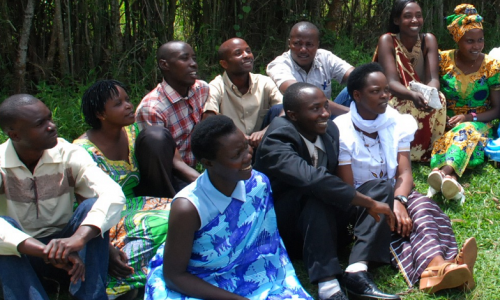 FACT Project
FACT Project  Passages Project
Passages Project  Learning Collaborative
Learning Collaborative  Search All Resources
Search All Resources 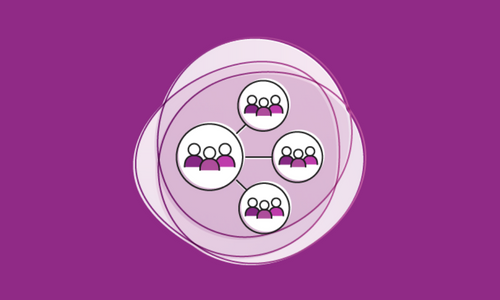 Social Norms
Social Norms 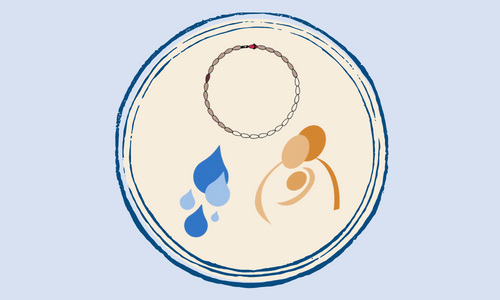 Fertility Awareness Methods
Fertility Awareness Methods 